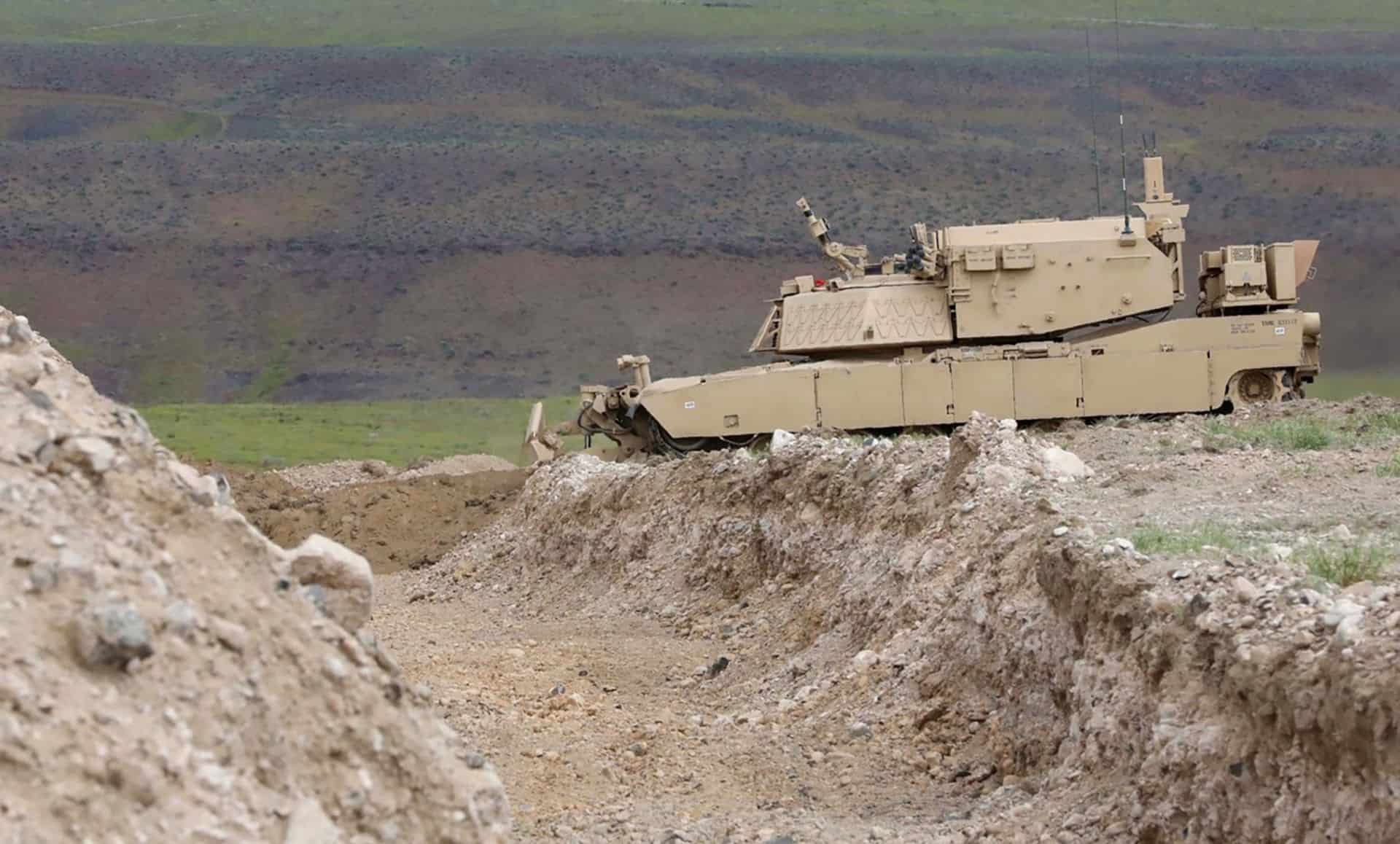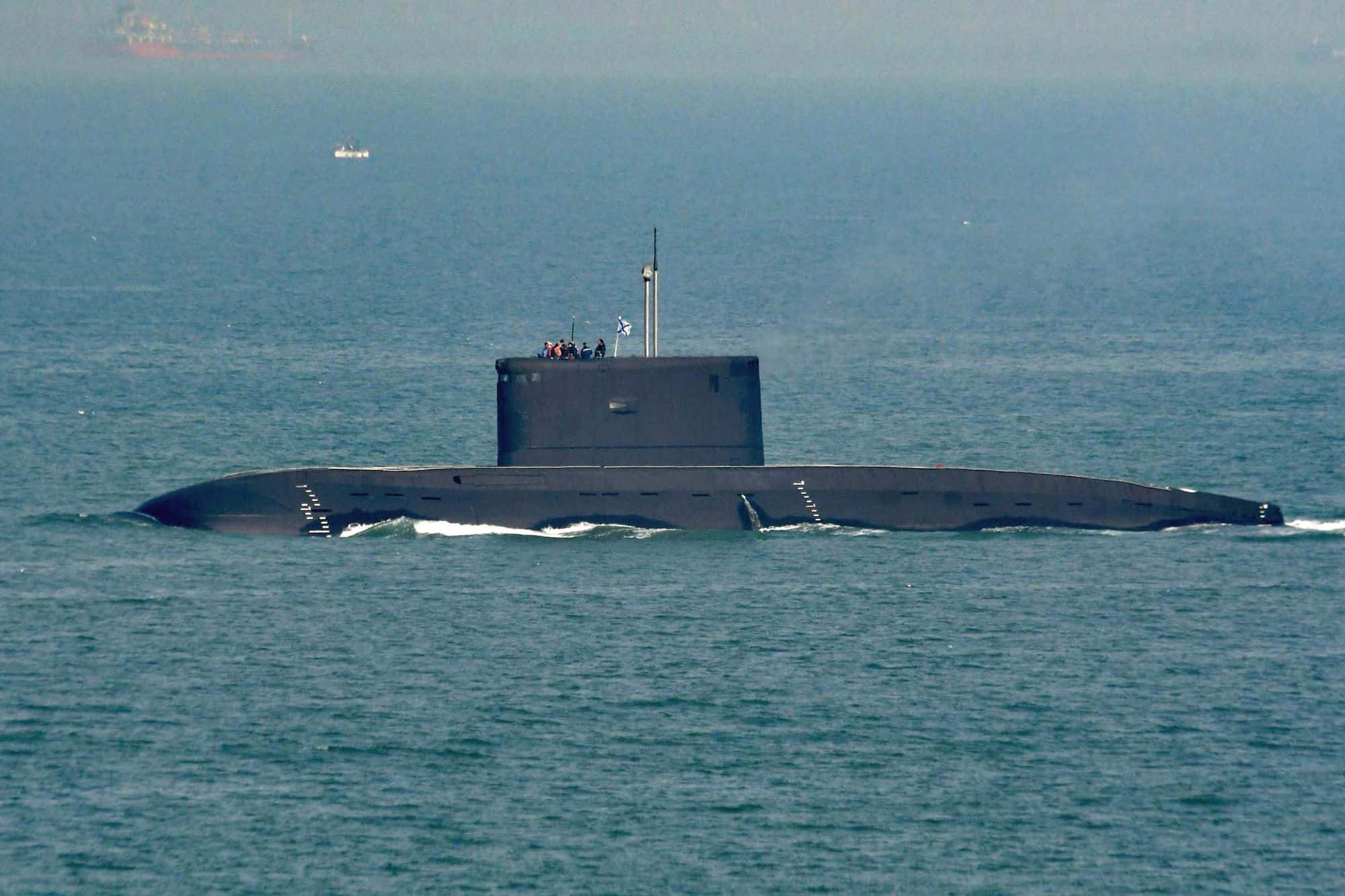Similar to how a boxer with a longer reach finds it easier to hit an opponent, the Army is looking to punch through the standoff defenses of near-peer adversaries.
Army Futures Command is behind many of the Army’s efforts to achieve that overmatch, which include over 30 projects within its Cross-Functional Teams that are responsible for tackling modernization priorities.
While speaking at the International Armored Vehicles USA conference Tuesday, Gen. John Murray, the AFC commander, noted robotic combat vehicles as one endeavor that could help Soldiers knock out defenses.
During a Joint Warfighting Assessment in May, Murray observed Soldiers and Marines conducting defensive and attack maneuvers using breacher vehicles with robotic capabilities at Yakima Training Center in Washington.
By fiscal year 2023, he said he expects “critical decisions” to be made on robotic combat vehicles after years of experimentation.
“If there’s one single thing I think that will change fundamentally the way we look and the way we fight,” he said, “is the possibility of deploying robotic combat vehicles in the future, either completely autonomous or semi-autonomous as wingmen.”
This fall, proposals are also due from industry partners on their ideas for the Optionally Manned Fighting Vehicle, which will replace Bradley Fighting Vehicles starting in 2026.
AFC officially stood up last year, he said, after the Army missed a generation of modernization while fighting for years in counterinsurgency campaigns.
Representing the most significant Army reorganization effort since 1973, the command was created to prepare for the ongoing waves of changes in warfare.
“The Army fundamentally woke up and realized that we have missed the wave,” he said. “They were crashing on the shore and we were about chest deep in water.”
China and Russia, he said, took note of how the Army waged war and developed anti-access/area denial capabilities to separate Army units and their partners on the battlefield.
“Where we have been is no longer good enough,” said Maj. Gen. Gary Brito, head of the Army Maneuver Center of Excellence. “The operational environment, threat and technology are driving us to change.”
Today’s potential adversaries, Brito said, have expanded the battlefield in four ways: time, domains, geography and nontraditional actors.
While less kinetic, the space, electronic warfare and cyber activities that they use are still effective, he said.
The Army’s new multi-domain operations concept, which leaders said could start becoming doctrine in the next year or two, is finding ways to defeat those capabilities.
“Multi-domain operations is here to stay,” Brito said. “We cannot put our heads in the dirt.”
Whether autonomous or not, he added next-generation combat vehicles will need to be innovative, agile, flexible and adaptive in order to succeed in a more chaotic and dispersed battlefield.
Senior Army leaders, including Murray, realigned nearly $30 billion over the next five years to modernization programs, such as combat vehicles.
“If we don’t do it now, we’ll probably be in [M1 Abrams tanks], Bradleys and [M113 armored personnel carriers] in 2035,” he said. “We just knew we couldn’t do that. We were behind.”
The character of war is changing, he explained, which is compounded by the proliferation of technology that is also available to adversaries.
“The rate of technological innovation will continue to increase at an ever-accelerating pace,” he said. “We’re not going to be able to slow it down. We’re going to have to figure out how to adapt to that rate of innovation.”











